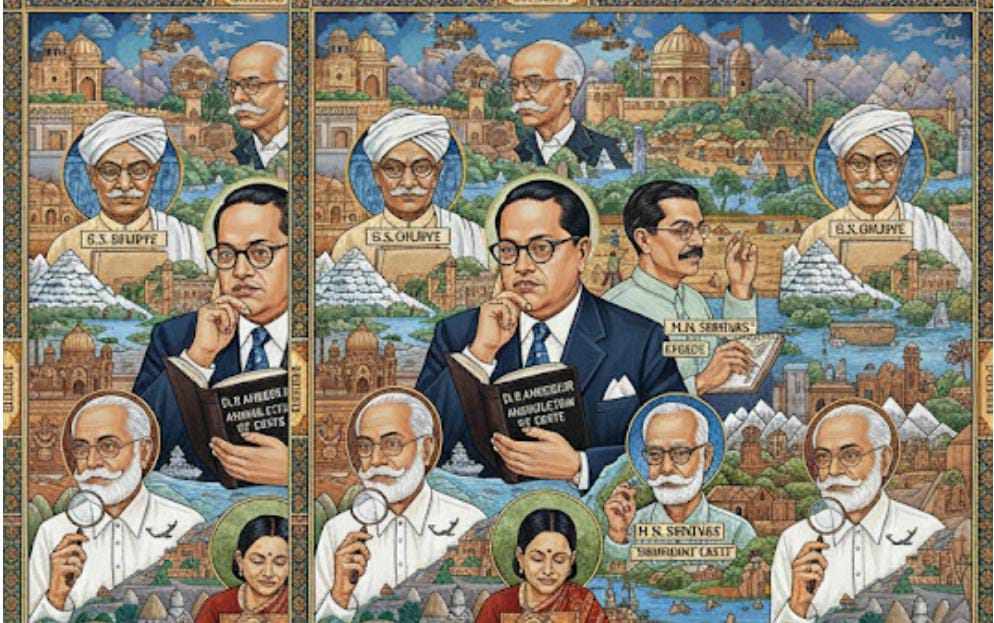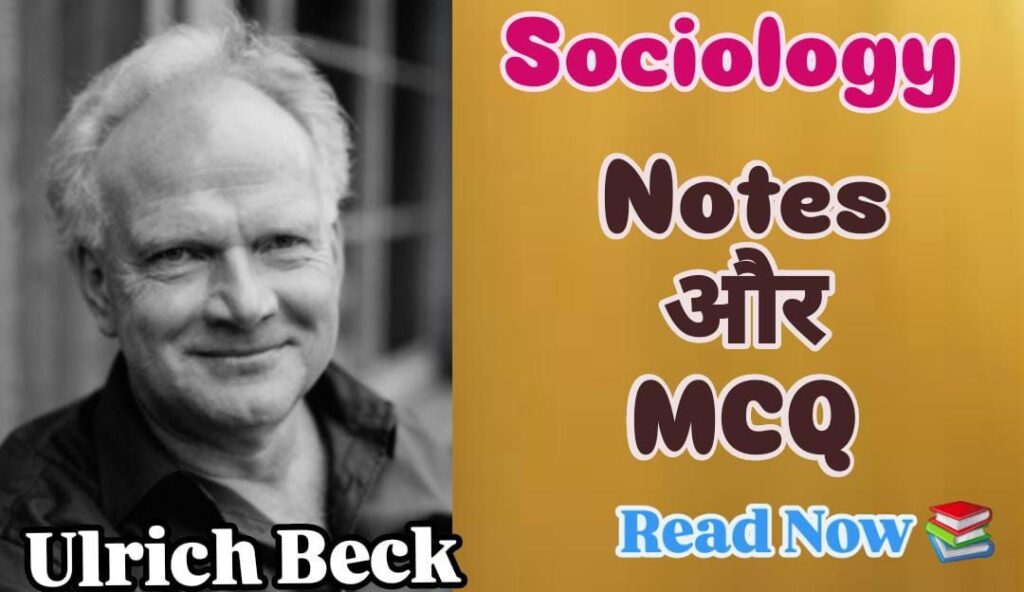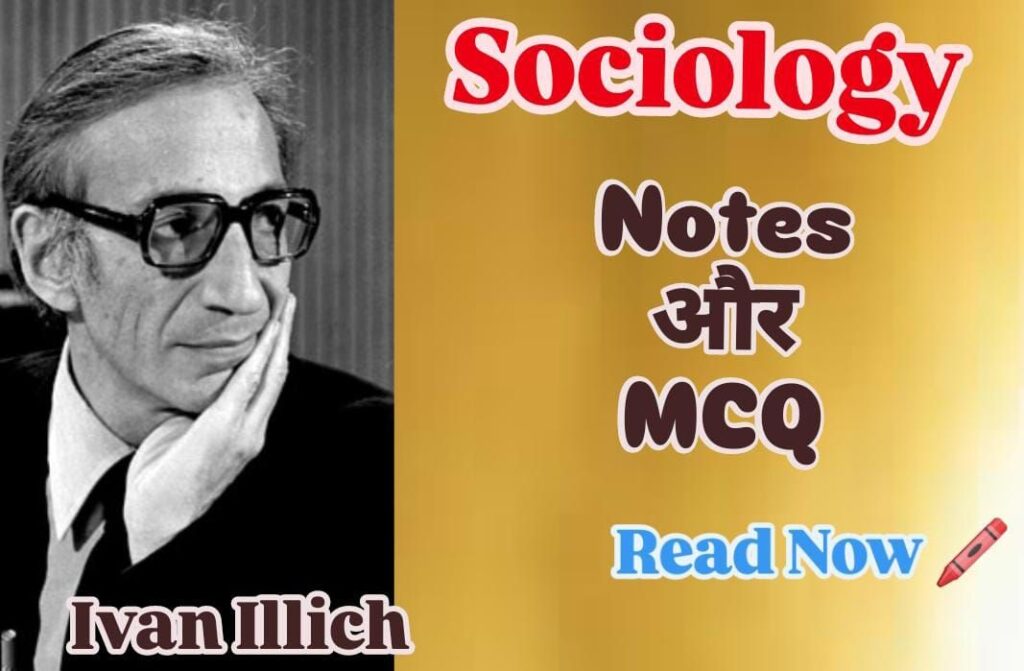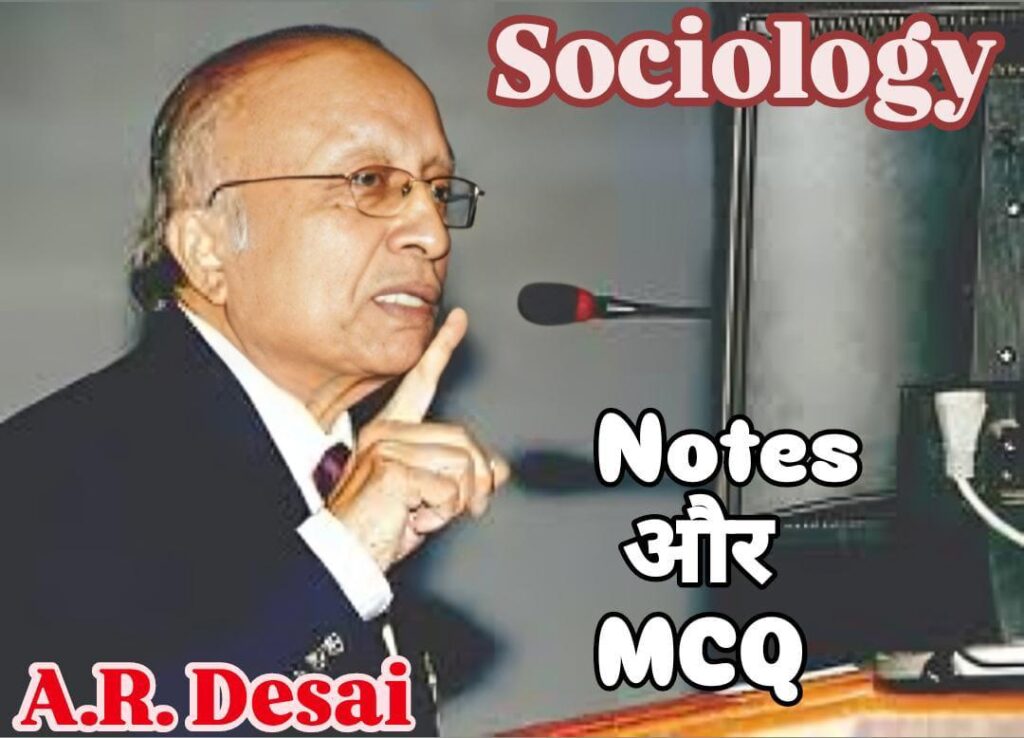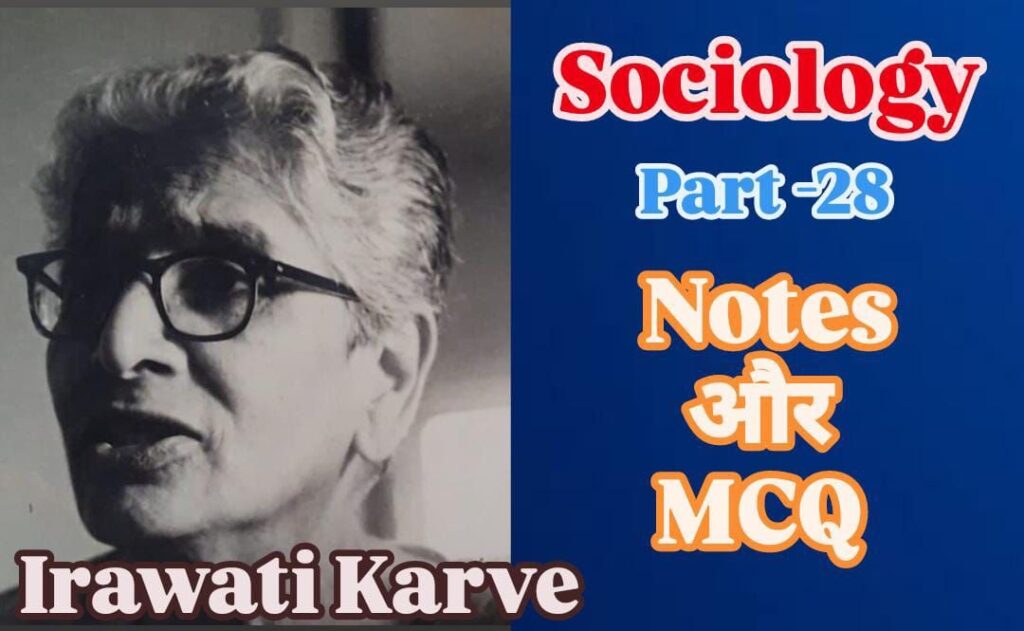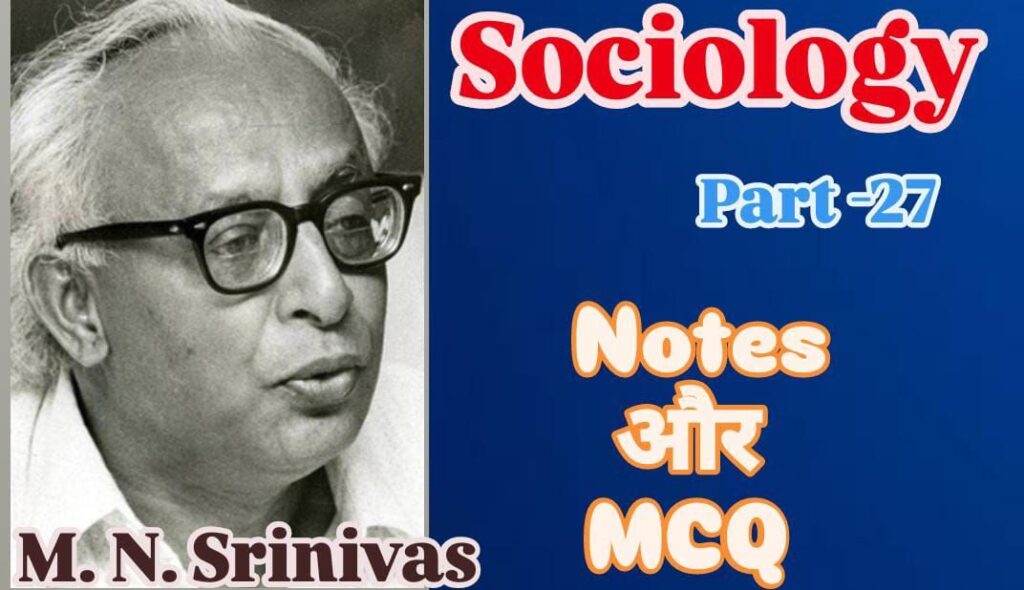Teaching Aptitude (Part-2) – शिक्षण अभिवृत्ति नोट्स
Teaching Aptitude केवल एक विषय नहीं, बल्कि एक कला है जो शिक्षक और शिक्षार्थी के बीच संवाद को प्रभावी बनाती है। इस पार्ट में हम Levels of Teaching, Teaching Methods, Characteristics of Learners, और Evaluation Systems जैसे जरूरी टॉपिक्स को विस्तार से समझेंगे। ये नोट्स UGC NET Paper 1 के लिए विशेष रूप से तैयार किए गए हैं।
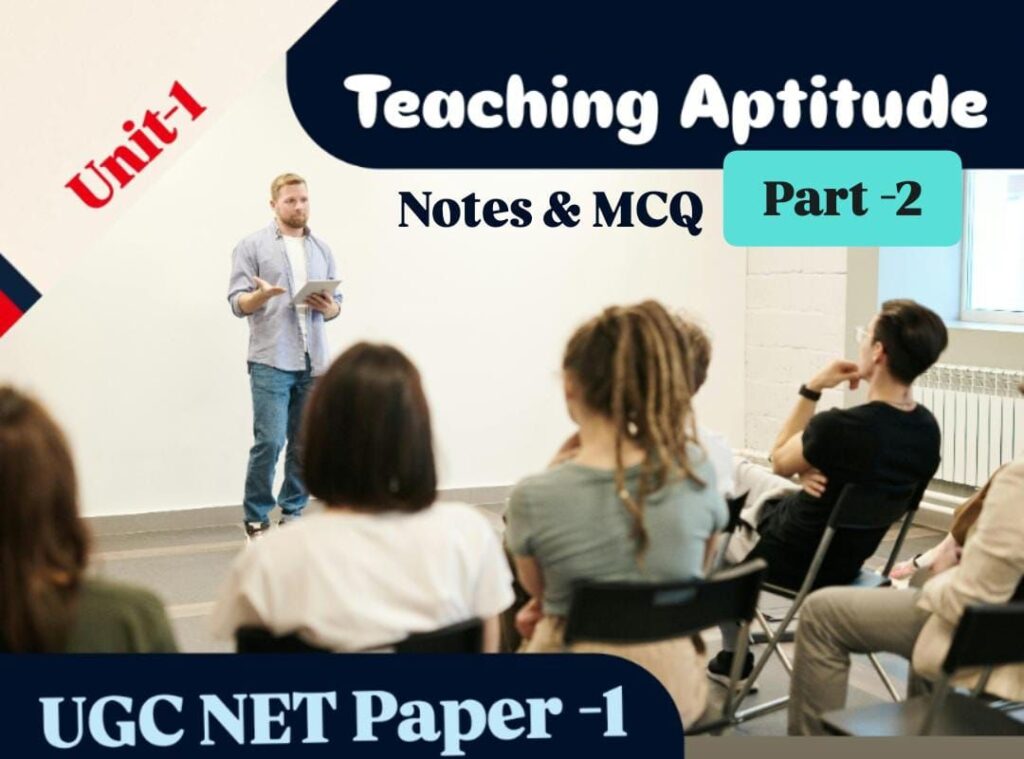
📘 Join Our WhatsApp Study Group
अगर आप UGC NET Paper 1 की तैयारी कर रहे हैं, तो हमारे Free Study Group से जुड़ें और पाएं 📚 Daily Notes, PYQs, MCQs, और Expert Guidance बिल्कुल मुफ्त!
✅ Join Now on WhatsAppLevels of Teaching (शिक्षण के स्तर)
तीन प्रमुख स्तर होते हैं:
1️⃣ Memory Level (स्मृति स्तर)
Focus: याद रखना (Remembering)
Teacher-Centric: शिक्षक मुख्य भूमिका में होता है
Learner Activity: कम
उदाहरण: परिभाषाएं याद करवाना
2️⃣ Understanding Level (समझ स्तर)
Focus: अर्थ समझना (Comprehension)
Learner Activity: मध्यम
Teacher Role: गाइड की तरह
उदाहरण: किसी सिद्धांत को समझाना
3️⃣ Reflective Level (चिंतन स्तर)
Focus: Critical thinking और problem solving
Learner-Centric: छात्र खुद सोचते हैं
Teacher Role: facilitator
उदाहरण: केस स्टडी या समस्या हल करवाना
Characteristics of Learners (शिक्षार्थियों की विशेषताएँ)
अलग-अलग IQ levels
Learning styles भिन्न हो सकते हैं – visual, auditory, kinesthetic
Motivation का स्तर अलग होता है
Emotional & social maturity
Prior knowledge matters
Teaching Methods (शिक्षण विधियाँ)
- Lecture Method (व्याख्यान विधि)
Traditional method
कम Interaction, लेकिन syllabus coverage अधिक
- Discussion Method (चर्चा विधि)
Learner participation अधिक
Critical thinking बढ़ता है
- Demonstration Method (प्रदर्शन विधि)
Visual + Practical learning
Useful in Science/technical teaching
- Project Method
Real-life problems solve करना
Group work पर आधारित
- Problem-Solving Method
Higher-order thinking develop करता है
👉 Keyword: Teaching Methods in Hindi, Innovative Teaching Techniques
Teaching Aids (शिक्षण सहायक सामग्री)
Audio-Visual Aids: PPT, charts, videos
Blackboard/Whiteboard
Interactive Tools: Smartboard, quiz tools
👉 Keyword: Types of Teaching Aids, Audio Visual Aids for Teaching
valuation System (मूल्यांकन प्रणाली)
Types of Evaluation:
- Formative Evaluation – Learning process में
- Summative Evaluation – End of term पर
- Diagnostic Evaluation – Learning problem खोजने के लिए
- Continuous and Comprehensive Evaluation (CCE)
eaching Objectives (शिक्षण उद्देश्य)
- Cognitive Objectives – ज्ञान आधारित
- Affective Objectives – भावना/मूल्य आधारित
- Psychomotor Objectives – कौशल आधारित
👉 Keyword: Teaching Objectives in Bloom’s Taxonomy
Effective Communication in Teaching
दो-तरफा (two-way) interaction जरूरी
Verbal + Non-verbal दोनों प्रकार की signals
Barriers of communication को समझना ज़रूरी
👉 Keyword: Communication in Teaching, Barriers to Communication
Quick Revision Chart
विषय विशेषता
Memory Level याददाश्त आधारित, शिक्षक-केन्द्रित
Understanding Level अर्थ समझना, गाइडेंस आधारित
Reflective Level Critical Thinking, छात्र-केन्द्रित
Discussion Method Participation अधिक, संवाद आधारित
Formative Evaluation प्रक्रिया के दौरान मूल्यांकन
Read More:-
- Research Aptitude Short Notes & MCQ (2025) || Read Now
- Hypothesis, Variables & Research Design || Notes & MCQ || Read Now
- Sampling (Research Aptitude) Short Notes & MCQ || Read Now
- Research Aptitude Short Notes And MCQ (2025) || Read Now
- Research Aptitude Notes & MCQs (part-1) | UGC NET Paper 1
Teaching Aptitude (Part-2) – UGC NET MCQs in Hindi
1. स्मृति स्तर का शिक्षण मुख्य रूप से किस पर केंद्रित होता है?
2. Reflective level teaching में कौन मुख्य भूमिका निभाता है?
3. Discussion Method का मुख्य लाभ क्या है?
4. Formative Evaluation किस समय किया जाता है?
5. निम्नलिखित में से कौन सी विधि व्यवहारिक शिक्षण के लिए सबसे उपयुक्त है?
6. Summative Evaluation का उपयोग किसके लिए किया जाता है?
7. Teaching Aids का प्रमुख उद्देश्य क्या होता है?
8. निम्न में से कौन सी विशेषता एक effective learner की नहीं है?
9. Project Method में छात्रों से अपेक्षा की जाती है कि वे:
10. Bloom’s Taxonomy में कौन-सा उद्देश्य “भावनात्मक” पक्ष से संबंधित है?
FAQs – अक्सर पूछे जाने वाले प्रश्न
Q1. Teaching के कितने levels होते हैं?
A. Memory, Understanding और Reflective – कुल 3
Q2. सबसे उच्च Teaching Level कौन सा है?
A. Reflective Level
Q3. Formative और Summative Evaluation में क्या अंतर है?
A. Formative लगातार मूल्यांकन है, Summative अंतिम मूल्यांकन
Q4. कौन सी विधि छात्रों की भागीदारी बढ़ाती है?
A. Discussion Method
Q5. Bloom’s Taxonomy में कितने objective होते हैं?
A. तीन – Cognitive, Affective, Psychomotor
Read More:- Education Update
Indian Thinkers in Sociology Key Points || Read Now
Indian Thinkers in Sociology -भारतीय समाजशास्त्र का विकास और समकालीन महत्व Indian Thinkers in Sociology…
Ulrich Beck ( Sociology) Short Notes And MCQ || Read Now
Ulrich Beck:- Notes Ulrich Beck उलरिच बेक (1944–2015) जर्मनी के प्रसिद्ध समाजशास्त्री थे, जिन्हें मुख्य…
Ivan Illich Short Notes ( Sociology) And MCQ || Read Now
Ivan Illich – Notes Ivan Illich (1926–2002) एक महान दार्शनिक, समाज-चिंतक और शिक्षा-विचारक थे। वे…
A.R. Desai Short Notes And MCQ || Read Now
A.R. Desai :- Notes ए.आर. देसाई (A.R. Desai) भारतीय समाजशास्त्र के उन प्रमुख विद्वानों में…
Irawati Karve Short Notes And MCQ || Read Now
Irawati Karve || इरावती कर्वे (1905 – 1970) Irawati Karve (1905 – 1970) भारत की…
M. N. Srinivas Short Notes And MCQ || Read Now
M. N. Srinivas:- Sociology M. N. Srinivas (Mysore Narasimhachar Srinivas, 1916–1999) भारतीय समाजशास्त्र के एक…
